The Indigenous Plant: Gotu Kola
How to Grow Gotu Kola Herb: A Complete Guide
Gotu kola, scientifically known as Centella asiatica, is a perennial plant that grows close to the ground. This plant is indigenous to regions characterized by warm, tropical climates, specifically in countries such as Indonesia, China, Japan, South Africa, and the South Pacific. Over the centuries, Gotu kola has been utilized as a remedy for various health issues like respiratory conditions, arthritis, fatigue, memory problems, stomach ailments, asthma, and fever.
If you're interested in how to grow Gotu Kola herb, you'll be glad to know that it's a relatively easy plant to grow. In this guide, we will take you through everything you need to know to grow this herb successfully.
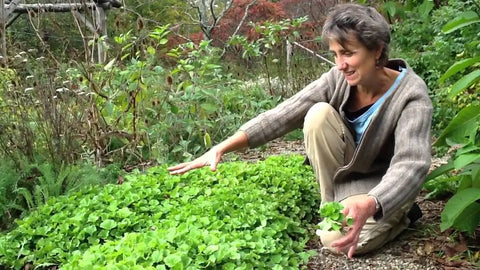
How to Grow Gotu Kola Herb: A Complete Guide
1. Why You Should Grow Gotu Kola Herb?
2. How to Grow Gotu Kola Herb: A Comprehensive Guide
2.1 Select the Right Location
2.2 Prepare
2.3 Choose And Soak Seeds
2.4 Plant the Herb
2.5 Water and Fertilize
2.6 Harvest The Herb
2.7 Preserve The Herb
3. Common Problems When Growing Gotu Kola Herb
4. Conclusion
1. Why You Should Grow Gotu Kola Herb?
Before we delve into how to grow Gotu Kola herb, it's essential to understand why you should consider growing it in the first place. This herb is a powerful herb with numerous health benefits. It's known to help with blood circulation, anxiety, and even skin health. To learn more about the benefits of it, check out our article here.
Growing this herb at home means you'll have a fresh supply of the herb that you can use whenever you need it. Additionally, you can be sure that the herb you're using is free of pesticides and other harmful chemicals.
2. How to Grow Gotu Kola Herb: A Comprehensive Guide
If you're interested in growing your own Gotu Kola herb at home, this comprehensive guide will provide you with all the information you need to get started.
2.1 Select the Right Location
Gotu Kola herb thrives in a humid and warm environment. It's essential to select the right location to ensure that the herb grows well. The best location for growing this herb is a place with partial shade and well-draining soil. Gotu Kola herb also requires a lot of water, so it's essential to select a location where you can water it frequently.
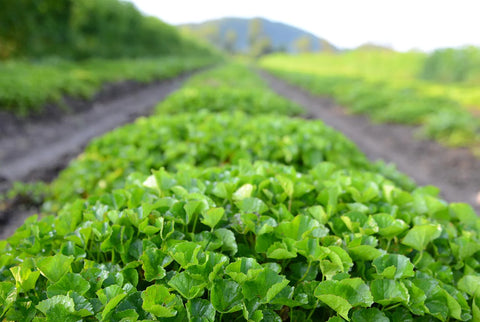
2.2 Prepare the soil
The soil is an essential factor in growing Gotu Kola herb successfully. The soil should be fertile, well-draining, and rich in organic matter. It's best to add compost or aged manure to the soil before planting to improve its quality. You can also add some sand to the soil to ensure it's well-draining.
2.3 Choose And Soak Seeds
As Gotu Kola is typically propagated through cuttings, there is limited information available on selecting and preparing seeds; however, it is recommended to source seeds from a reputable supplier and to soak them in water for 24 hours before planting to improve germination rates.
2.4 Plant the Herb
Once you've prepared the soil, it's time to plant the Gotu Kola herb. You can start by planting seeds indoors or directly in the soil outside. If you're planting the seeds indoors, use a seed tray with a soil mixture that's rich in organic matter. Once the seeds have germinated, transplant them into the garden.
If you're planting the seeds directly outside, ensure the soil is warm and moist. Sow the seeds 1/4 inch deep and 2-3 inches apart. Cover the seeds with soil, and water them thoroughly.
2.5 Water and Fertilize
Gotu Kola herb require a lot of water to grow well. It's essential to water the herb frequently, especially during hot and dry weather. Make sure the soil remains moist but not waterlogged.
Fertilizing the herb is also essential for its growth. You can use a balanced fertilizer with a 10-10-10 ratio every three months during the growing season.
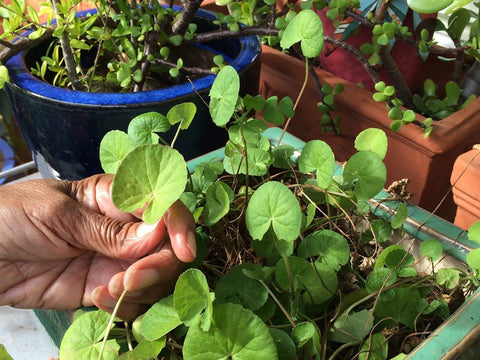
2.6 Harvest The Herb
Gotu Kola herb can be harvested once the plants have reached maturity, which is usually around 2-3 months after planting. Here are some tips for harvesting Gotu Kola herb:
- Harvest the leaves and stems of the plant as needed. It's best to harvest the herb early in the morning when the leaves are the freshest.
- Cut the leaves and stems close to the ground using a sharp pair of scissors or garden shears.
- Don't remove all the leaves and stems from the plant at once. Leave some leaves and stems on the plant to promote new growth.
2.7 Preserve The Herb
Once you've harvested the Gotu Kola herb, it's essential to preserve it properly to ensure that it retains its flavor and medicinal properties. The best way to preserve Gotu Kola herb is by drying it.
To dry the herb, tie the stems together and hang them upside down in a well-ventilated area. Make sure that the area is dry and out of direct sunlight. Once the leaves are dry, remove them from the stems and store them in an airtight container.
You can also freeze the leaves by washing them, patting them dry, and placing them in a freezer bag. Label the bag with the date and store it in the freezer for up to six months.
This tea can be made using fresh or dried leaves and is a simple and effective way to enjoy the many health benefits of this herb. Here's a simple gotu kola tea recipe to get you started.
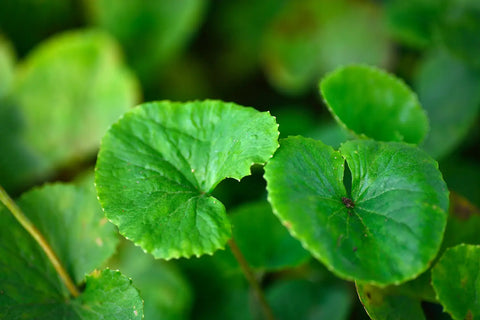
3. Common Problems When Growing Gotu Kola Herb
Growing Gotu Kola herb is relatively easy, but like any other plant, it can be susceptible to pests and diseases. Here are some common problems that you may encounter when growing this herb:
- Aphids: Aphids are small, soft-bodied insects that suck the sap from the plant, causing the leaves to wilt and distort. To control aphids, you can use insecticidal soap or neem oil.
- Spider mites: Spider mites are tiny, red, or black pests that feed on the leaves, causing them to turn yellow and fall off. You can control spider mites by using insecticidal soap or neem oil.
- Fungal diseases: Fungal diseases like leaf spots and root rot can be caused by overwatering or poor drainage. To prevent fungal diseases, make sure that the soil is well-draining and avoid overwatering.
- Nutrient deficiencies: Gotu Kola herb requires regular fertilization to thrive. If the leaves start turning yellow or the plant is not growing well, it may be due to nutrient deficiencies. You can address this by using a balanced fertilizer.
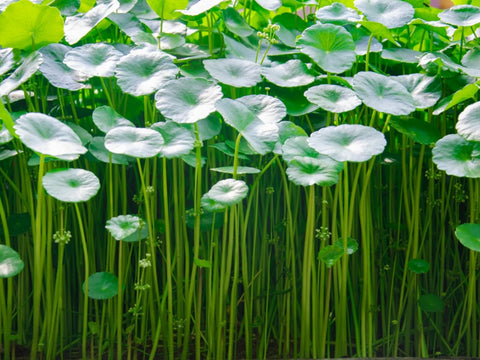
4. Conclusion
By following the tips and guidelines outlined in this guide on how to grow Gotu Kola herb, you can successfully cultivate and harvest your supply of this versatile herb. Remember to water and fertilize the plant regularly, and harvest and preserve the leaves properly. With a little care and attention, you can enjoy the benefits of Gotu Kola herb for years to come. You can choose The Rike to get high-quality seeds for a herb garden.
Frequently Asked Questions





Leave a comment